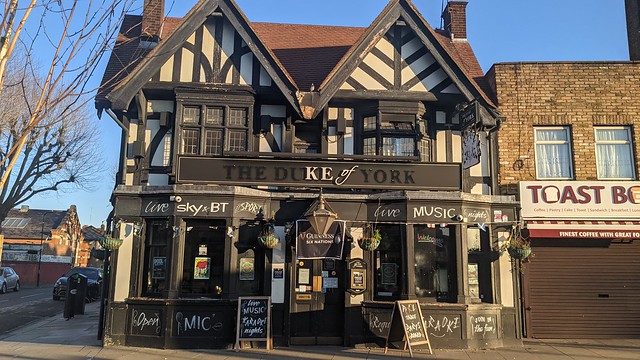If you stand in Lombard Street at any time of the day, for example, that narrow thoroughfare like others in the vicinity echoes to hurrying footfalls. It has been a continuous sound for many hundreds of years, in the very centre of the City, and it may be that the perpetual steady echo of passing footsteps is the true sound of London in its transience and in its permanence.
and this
It is a city always known for its vivacity and its restlessness. We learn from Thomas Burke's The Streets of London that the citizens' 'progress through the streets is marked by impetuosity and a constant exertion of strength'. We learn further from Pierre Jen Grosley's A Tour of London in 1772 that 'the English walk very fast; their thoughts bring entirely engrossed by business, they are very punctual to their appointments, and those, who happen to be in their way, are sure to be sufferers by it; constantly darting forward, they justle them with a force proportioned to the bulk and velocity of their motion'.
It is a complex order. Its essence is intricacy of sidewalk use, bringing with it a constant succession of eyes. This order is all composed of movement and change, and although it is life, not art, we may fancifully call it the art form of the city and liken it to the dance — not to a simple-minded precision dance with everyone kicking up at the same time, twirling in unison and bowing off en masse, but to an intricate ballet in which the individual dancers and ensembles all have distinctive parts which miraculously reinforce each other and compose an orderly whole. The ballet of the good city sidewalk never repeats itself from place to place, and in any once place is always replete with new improvisations.
I've really felt it on the street in the City. Unlike the West End, whose morning rush hour is more distributed, both geographically and over time with shops generally opening later, the City is highly concentrated with well worn paths from tube and train stations dense with a majority of office workers determined to be at their desks for a 9am start. The sheer volume of people marching as one corporate mass is at first glance not materially different from the 19th century factory workers. On further observation, subtleties, intricacies emerge, the "ballet".
The influence of the medieval city's pattern of streets, courtyards, alleyways and lanes is enormous on the present day experience. Entering and exiting them, smoothly without breaking stride or sweat, is an art. There's as much social nuance as an Elizabethan court dance in the manner in which these steps are negotiated. Assaying one's way from the chill gloom into startling sunlight requires an appreciation of the movement of bodies that Galileo would admire. Jousting scalding cups of latte, eye-level umbrella spokes and sharp elbows add to the drama, and exhaust my metaphor.
So it's hardly a great discovery but movement is intrinsic to this experience. It's challenged my default response - take a photograph, get close to the action, capture the essence of the moment. It feels like an opportunity to explore what the moving image can offer.
Don't worry I'm not renouncing the still! I confess it feels a little clichéd. There's certainly a tradition of street photographers taking up movie-making. Perhaps it's a natural next step. The motivation and opportunity to say something, new or otherwise, with still photography is exhausted.







